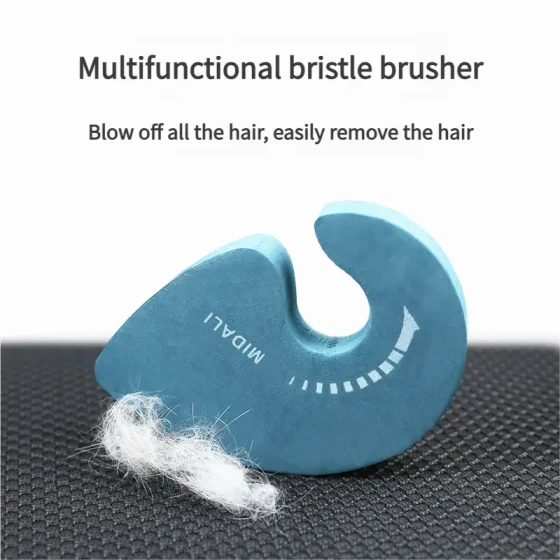The following points help you determine whether your Teddy's body is healthy
Teddy dogs are a very popular type of small pet dog today. Due to their gentle and obedient nature, ease of approach, and low shedding, Teddy dogs have become a common choice for many pet owners. Since you have a Teddy, surely you want it to grow up carefree and healthy. However, some pet owners do not have much experience in raising Teddy dogs and do not know how to determine if their Teddy is healthy. So today, I will talk about the methods to judge whether a Teddy's body is healthy. Come and have a look.

1. Mental State
We can observe the mental state of the Teddy dog to see if the Teddy dog is lively. Regardless of normal environments or abnormal spirits, a healthy and agile dog often frequently wags its tail to show affection and reacts sensitively to the outside world. If the dog’s head hangs low, its expression is cold, it cannot stand in the corner or is withdrawn, and its reactions are sluggish, these are signs of illness in the dog.
2. Hair and Coat Color
We can judge the health of the Teddy dog by looking at the condition of its hair. Check if its fur is shedding, the elasticity of the skin, and whether there are rashes, blisters, scabs, or ulcers on the skin. A healthy Teddy dog has smooth, shiny hair and good skin elasticity. If the Teddy dog’s fur is shedding, dull, dry, lacking elasticity, or has scabs and ulcers, it is unhealthy. Another situation is when the dog usually eats too much salt or has no opportunity to exercise or bask in the sun for a long time indoors; its coat may become rough or lose color. It is recommended to let the dog go out for exercise and sunbathe more often and choose dog food containing deep-sea fish oil, which helps beautify and maintain coat color.
3. Tear Stains
In fact, tear stains on Teddy dogs are a relatively common phenomenon. However, there are still people whose dogs have no tear stains if they are well kept, and such dogs are generally considered healthier. Causes of tear stains are many and similar to hair discoloration. They can be hereditary, pathological, or related to diet. If it’s a congenital tear gland issue, it usually appears when the dog is very young. More often it is caused later by diet. Long-term consumption of salty or greasy foods or dog food makes Teddy dogs prone to tear stains. For diet, it is best to choose low-salt, low-fat natural dog food. The recommended "Chan Bu Ni Natural Dog Food" is rich in protein, nutritious, effectively removes tear stains, and can also beautify and maintain coat color. You can feed some vegetables and fruits as supplements. If tear stains persist despite dietary attention, pathological reasons should be considered.

4. Check the Nose
Dogs generally have moist noses to maintain a keen sense of smell. A moist nose indicates a healthy Teddy dog. But if a Teddy dog’s nose is dry, it may be due to heat or other issues. If the dry nose is accompanied by diarrhea and other symptoms, owners must remember to seek timely treatment because many dogs with parvovirus and other illnesses will have dry noses, diarrhea, and other symptoms. It is best to visit a vet promptly!
5. Pay Attention to Psychological Health
Actually, dogs, like humans, can suffer psychological trauma due to special events, people, or environments, leading to anxiety, depression, etc., and are unable to self-regulate. When raising a Teddy dog, in addition to paying attention to physical health, it is also important to focus on the psychological health of the dog. If your dog frequently barks loudly at home or tears up the house, it may have psychological problems such as anxiety disorder. The owner should spend more time accompanying the Teddy dog and interacting with it. Sometimes, you can reward it with healthy dog-specific snacks like chicken jerky or goat cheese, ensuring the dog's psychological health.
6. Observe the Stool
Usually, we can observe a Teddy dog’s health by looking at its stool, a skill many pet owners already have and understand. Healthy dogs generally have good physique and high quality. When dogs are very healthy and eating well, they often produce satisfactory droppings. Stool with moderate softness and hardness, though having its inherent smell, is easy to clean. Cover it with a piece of paper and pick it up completely and discard it. The feel—tsk tsk!—neither hard nor soft. Dogs producing this kind of stool are currently well-fed with no colds or other illnesses, worthy of congratulations! If the Teddy dog’s stool is black and smelly, it is mostly caused by diet, and feeding fiber-rich dog food can help improve it.



